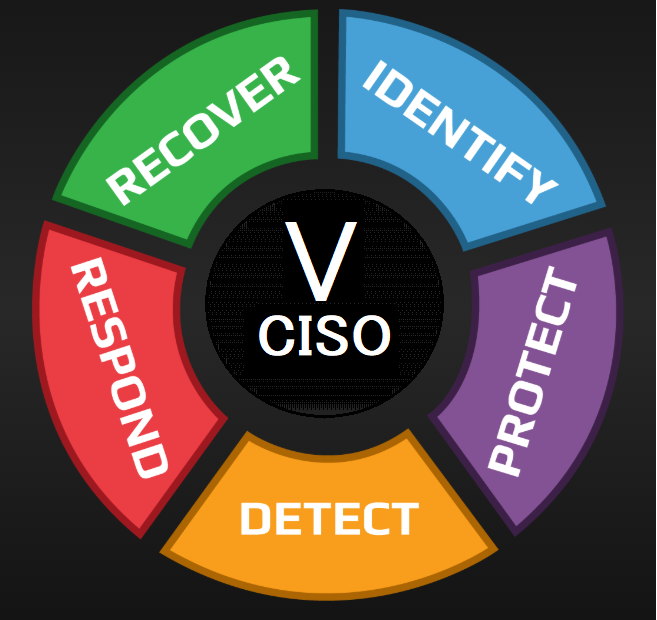The EU AI Act is the European Union’s landmark regulation designed to create a legal framework for the development, deployment, and use of artificial intelligence across the EU. Its primary objectives can be summed up as follows:
- Protect Fundamental Rights and Safety
- Ensure AI systems do not undermine fundamental rights guaranteed by the EU Charter (privacy, non-discrimination, dignity, etc.) or compromise the health and safety of individuals.
- Promote Trustworthy AI
- Establish standards so AI systems are transparent, explainable, and accountable, which is key to building public trust in AI adoption.
- Risk-Based Regulation
- Introduce a tiered approach:
- Unacceptable risk: Prohibit AI uses that pose clear threats (e.g., social scoring by governments, manipulative systems).
- High risk: Strict obligations for AI in sensitive areas like healthcare, finance, employment, and law enforcement.
- Limited/minimal risk: Light or no regulatory requirements.
- Introduce a tiered approach:
- Harmonize AI Rules Across the EU
- Create a uniform framework that avoids fragmented national laws, ensuring legal certainty for businesses operating in multiple EU countries.
- Foster Innovation and Competitiveness
- Encourage AI innovation by providing clear rules and setting up “regulatory sandboxes” where businesses can test AI in a supervised, low-risk environment.
- Ensure Transparency for Users
- Require disclosure when people interact with AI (e.g., chatbots, deepfakes) so users know they are dealing with a machine.
- Strengthen Governance and Oversight
- Establish national supervisory authorities and an EU-level AI Office to monitor compliance, enforce rules, and coordinate among Member States.
- Address Bias and Discrimination
- Mandate quality datasets, documentation, and testing to reduce harmful bias in AI systems, particularly in areas affecting citizens’ rights and opportunities.
- Guarantee Robustness and Cybersecurity
- Require that AI systems are secure, resilient against attacks or misuse, and perform reliably across their lifecycle.
- Global Standard Setting
- Position the EU as a leader in setting international norms for AI regulation, influencing global markets the way GDPR did for privacy.
- understand the scope of the AI Act.
To understand the scope of the EU AI Act, it helps to break it down into who and what it applies to, and how risk determines obligations. Here’s a clear guide:
1. Who it Applies To
- Providers: Anyone (companies, developers, public bodies) placing AI systems on the EU market, regardless of where they are based.
- Deployers/Users: Organizations or individuals using AI within the EU.
- Importers & Distributors: Those selling or distributing AI systems in the EU.
➡️ Even if a company is outside the EU, the Act applies if their AI systems are used in the EU.
2. What Counts as AI
- The Act uses a broad definition of AI (based on OECD/Commission standards).
- Covers systems that can:
- process data,
- generate outputs (predictions, recommendations, decisions),
- influence physical or virtual environments.
- Includes machine learning, rule-based, statistical, and generative AI models.
3. Risk-Based Approach
The scope is defined by categorizing AI uses into risk levels:
- Unacceptable Risk (Prohibited)
- Social scoring, manipulative techniques, real-time biometric surveillance in public (with limited exceptions).
- High Risk (Strictly Regulated)
- AI in sensitive areas like:
- healthcare (diagnostics, medical devices),
- employment (CV screening),
- education (exam scoring),
- law enforcement and migration,
- critical infrastructure (transport, energy).
- AI in sensitive areas like:
- Limited Risk (Transparency Requirements)
- Chatbots, deepfakes, emotion recognition—users must be informed they are interacting with AI.
- Minimal Risk (Largely Unregulated)
- AI in spam filters, video games, recommendation engines—free to operate with voluntary best practices.
4. Exemptions
- AI used for military and national security is outside the Act’s scope.
- Systems used solely for research and prototyping are exempt until they are placed on the market.
5. Key Takeaway on Scope
The EU AI Act is horizontal (applies across sectors) but graduated (the rules depend on risk).
- If you are a provider, you need to check whether your system falls into a prohibited, high, limited, or minimal category.
- If you are a user, you need to know what obligations apply when deploying AI (especially if it’s high-risk).
👉 In short: The scope of the EU AI Act is broad, extraterritorial, and risk-based. It applies to almost anyone building, selling, or using AI in the EU, but the depth of obligations depends on how risky the AI application is considered.

EU AI Act: Full text of the Artificial Intelligence Regulation
From Compliance to Confidence: How DISC LLC Delivers Strategic Cybersecurity Services That Scale
Secure Your Business. Simplify Compliance. Gain Peace of Mind
Managing Artificial Intelligence Threats with ISO 27001


DISC InfoSec previous posts on AI category
InfoSec services | InfoSec books | Follow our blog | DISC llc is listed on The vCISO Directory | ISO 27k Chat bot | Comprehensive vCISO Services | ISMS Services | Security Risk Assessment Services | Mergers and Acquisition Security




